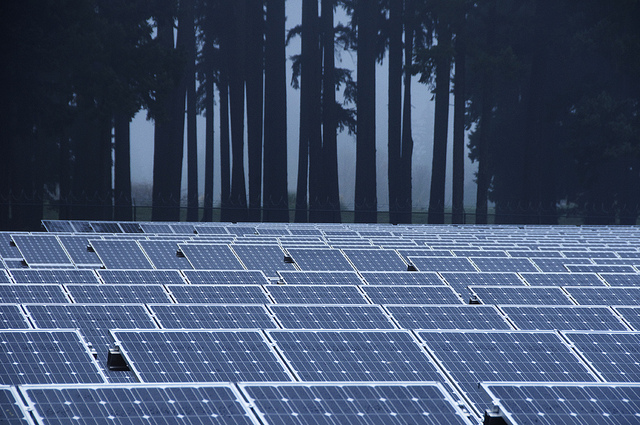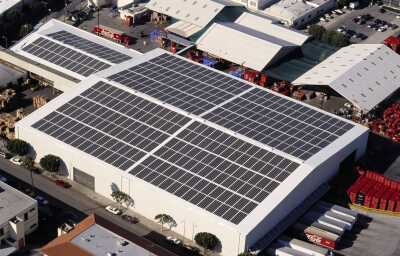Optimization of PV system for minimizing the shading losses
In solar PV system, it is important to analyze the shading caused by surrounding objects and/or vegetation. Shading on the photovoltaic system is the main hurdle for the power generation. It should be eliminated as much as possible. Right time to consider this issue is the system planning’s phase, later it is usually too late.
Shading of strings - if crystalline modules are mounted on the roof, they should be always mounted horizontally and never vertically. Reason is quite simple: each crystalline module usually includes two bypass diodes which are active if shading occurs. When modules are mounted horizontally the module still operates with some amount of power (50% or less) if the bottom row is shaded, because only one bypass diode is active. But if modules are mounted vertically and if lower row is shaded partially or completely both bypass diodes are active and amount of output power is close to zero.

Preferred orientation of modules in strings on the roof
String configuration - modules that are shaded more often than other parts of array should be connected into separate string(s) if possible. This will prevent losses of the whole system because of partial shading of only one part of array.
Inverter configuration - some inverter offer several inputs, for each string it have its own input. In case of shading of one string, other inputs will still operate in maximum power point situation.
Amorphous modules – In cases where shading cannot be avoided use of amorphous modules should be considered. Amorphous modules are far less sensitive on partial shading (in comparison with crystalline modules) so that even in case of partial shading they produce significant amount of power.
Array shape – In some cases, we can also prevent shading losses with carefully array design. In the case explained below have array in the shape of trapezoid, because of shading of church’s bell tower.

Optimization of array shape in the roof integrated solar modules.
- What The Heck Is An Mppt Charge Controller?
Maximum Power Point Tracking, frequently referred to as MPPT, is an electronic system that operates the Photovoltaic (PV) modules in a manner that allows the modules to produce all the power they are capable of. MPPT is not a mechanical tracking system...
- How To Design A Solar Pv System
In order to design a solar pv system, you need to follow following steps: 1. Determine the amount of electricity (kWh) consumption and the electricity rate It is important to determine the amount of electricity consumption per year for better understanding...
- How To Troubleshoot A Solar Photovoltaic (pv) System
We expect smooth power generation from a solar photovoltaic (PV) system while sun shining. When the sun is out but the system doesn't generate electricity as per required capacity, then we consider the system as problematic. Solar photovoltaic (PV)...
-
The small island of Palau, an island nation located 500 miles east of the Philippines and with a population of 21,000 people, has installed a 226.8kW solar energy array on its airport. The panels were supplied by Kyocera, one of the world’s...
- Estimation Of Solar Pv System Output
Factors Affecting Output Standard Test Conditions Solar modules produce DC electricity. The dc output of solar modules is rated by manufacturers under Standard Test Conditions (STC). These conditions are easily recreated in a factory, and allow for consistent...
